Asparagus is one of the vegetables that we love to have on the table in summer. The origin of the asparagus we buy from the supermarket in Britain is Peru. Until a few years ago, I knew little about Peruvian asparagus, but became curious when I came across a piece of news with the headline: “Peru seizes two tonnes of cocaine in asparagus packages”. I was intrigued: why would smugglers hide cocaine inside asparagus packages?
I discovered, after some web browsing, that Peru is one of the biggest exporters of asparagus to North America and Europe. Knowing that asparagus requires lots of water, I wondered why Peruvian farmers should produce this vegetable in such a dry country? There are several reports showing concern about water scarcity in Peru and particularly the Ica Valley region, which also happens to be one of the most important asparagus producing areas. The answer goes back to before the 1990s and it was not a simple story!
Coca is an alkaloid-rich bush, Erythroxylon coca, which is native to the Andean region, growing like a weed at elevations of 200-1500 meters. Indigenous Andean cultures have long valued coca for social, cultural, and medicinal reasons. There is evidence that the leaves have been consumed for more than 8000 years and numerous remains have been found in archaeological sites.
In 1860, a German scientist named Albert Niemann isolated an active ingredient of coca leaves, which he named cocaine - cocaine hydrochloride derived from the cocaine alkaloid in some coca plant varieties. It was first brought to North America for medical treatments, and it was legal. Sigmund Freud, in his famous essay on coca in 1884, tested its effects some dozen times on himself. The same year, cocaine was used for local anesthesia at Johns Hopkins Hospital. By the end of the century, Americans were using substantial amounts of cocaine for its perceived medicinal benefits and performance-enhancing qualities. The demand in North America for cocaine has meant that since the 1970s, coca has been grown primarily in the Andean region for one specific purpose—as the raw material used to make cocaine. The United States has now become the largest consumer of cocaine in the world.
Fields of blueberries growing in Ica, Peru, desert contrast. Copyright Water Witness
In response to the huge consumption of cocaine in North America, in 1991, the “Andean Trade Preference Act (ATPA)” policy was voted in by the U.S. Congress to reduce drug supply. It was established to simultaneously fight against the production, processing, and trafficking of illegal drugs while also developing alternative industries to expand economic opportunities in Bolivia, Colombia, Ecuador, and Peru, all of which were being devastated by decades of narcotic brutality and corruption.
The ATPA may have led to a profitable economy, for example by offering duty-free or other preferential treatment to imports of eligible goods from coca-producing countries, but it has also led to unsustainable environmental impact and social inequality in the hyper-arid region of Ica in Peru - a region that has no coca production. Since the launch of the ATPA, the privileges encouraging agribusiness expansion initially triggered water demand, and have resulted in groundwater overexploitation and consequently soaring water scarcity in the Ica region.
In the 1990s, asparagus and grape production started to boom in the Ica region. With a mild, spring-like climate year-round, this region has the advantage of being able to produce first-class asparagus and grapes for the high-income markets of the Northern Hemisphere, particularly during their off-season. However, there is hardly any rainfall in Ica, less than 10mm each year. Therefore, crop production entirely depends on irrigation. The main sources of water are the Ica River and three aquifers: Ica, Villacurí and Lanchas.
Ica produces 45% of all Peruvian asparagus, generating about US$250 million per year in export revenue for this country in 2019. A combination of a favourable business environment, relaxed land ownership rights, relatively low labour costs, and new trade agreements signed with other countries in the early 2000s facilitated the further expansion of asparagus and grapes as the golden cash export crops in Ica. However, the large increase between the early 1990s and 2013 in asparagus (from around 410ha to more than 10,000ha) and grape (from 3,000 to more than 5,000ha) cultivation has considerably accelerated water demand, and consequently created a water crisis in this hyper-arid region. Asparagus has had a particularly powerful role in driving up water use in Ica due to its large total production area and naturally high water demand - between 15,000 – 17,000 m3 of water per ha/year, which is about 25% more than grapes.

Fig. 1. Trends of annual asparagus area harvested and groundwater table levels of the two main aquifers underlying the Ica region in Peru (Sources: Lashkari et al., 2022; Gómez and Flores, 2015; Moore, 2017; Fernández-Escalante et al., 2020).
The Ica-Villacurí Aquifer supplies ~88% of the total water used in the region and ~75% of agricultural production depends on it. There was a heavy increase (~150%) in annual groundwater extraction from 2002 to 2009, which coincided with the expansion of asparagus and grape crops. In 2004, the groundwater extraction from this aquifer overexploited its recharge rate of 252.3 million cubic meters (hm3) by 63.5hm3 (see figure 1 below). By 2013, groundwater extraction had reached 409.3 hm3, pushing the water balance in Ica into an unsustainable state over a worryingly short period. This is clear from the location and timing of increases in water abstraction, in correlation with the “agricultural export miracle”, following the passing of the ATPA (Fig.1).
While this policy helped booming agribusiness expansion and reduced poverty in a short period in a region with little connection to coca production, yet it could not stop coca production in the valley of the Apurímac, Ene and Mantaro rivers or VRAEM, Peru’s ‘cocaine valley’ (a remote valley east of the Peruvian highlands and the perfect place for growing coca). Smuggling cocaine via rainforest areas has caused deforestation in the region as well. In addition, this policy not only could not stop drug crop production, but also created another path for smugglers and sending cocaine to Europe in asparagus packaging, as this article in the Guardian reports. These stories show that the US drug policy has failed.
The present challenge for governments, it seems from afar, is how to regulate alternative usage and production of this plant without depriving Andean and Amazonian communities of their fair, historic usage. Could a multidisciplinary team of scientists and policy makers - botanists, molecular biologists, economists, coca breeders and agronomists - investigate coca plants with less harmful impacts or facilitate legal drug regulation and policies (like alcohol and tobacco regulation)? Whatever route is taken, this case reflects the hidden cost of unsustainable development policies on nature and offers a warning to any new policy framework. Finally, it reminds us of the cost of luxury fruits and vegetables which are growing in Latin America for European and North American markets.
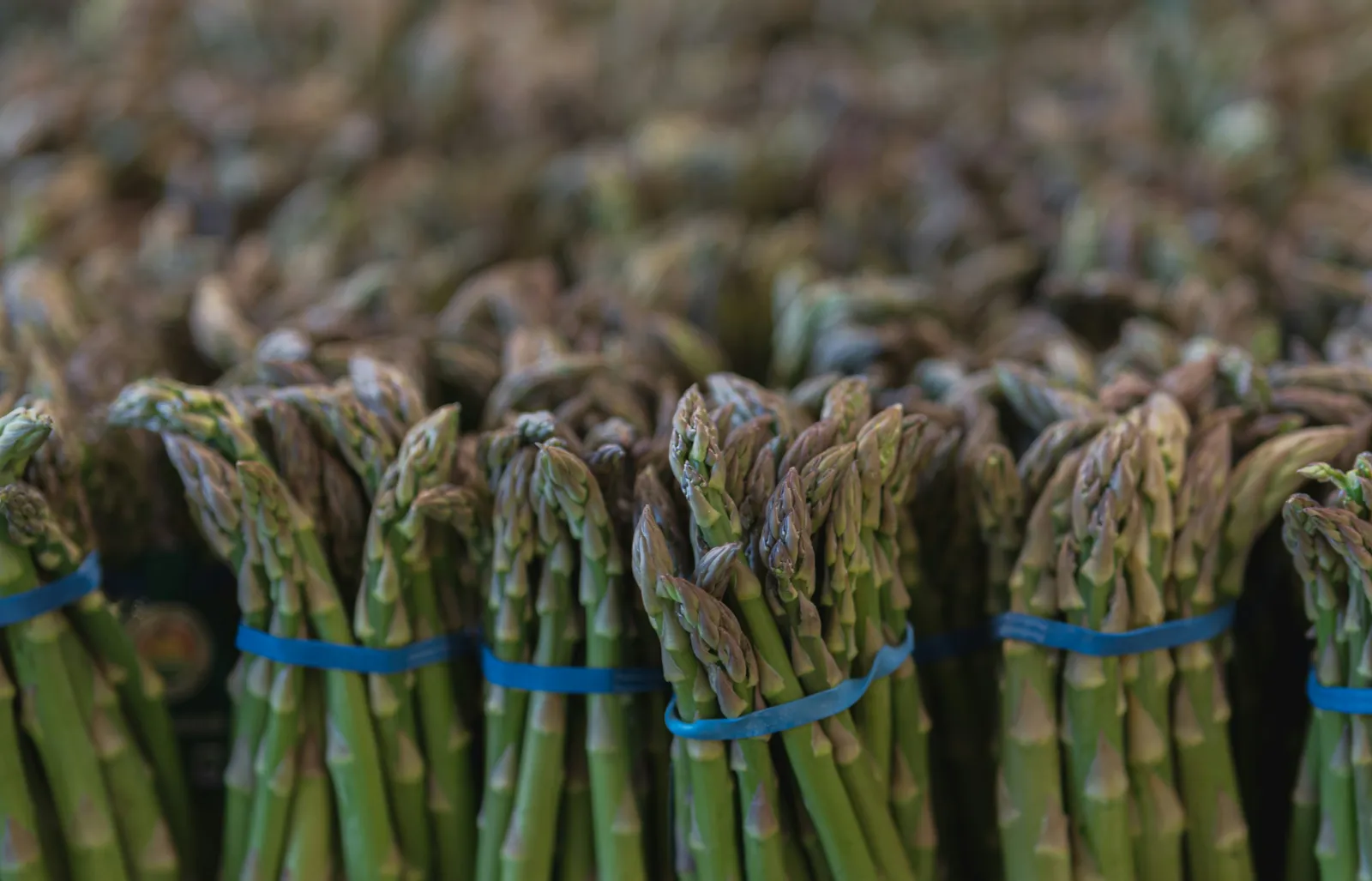
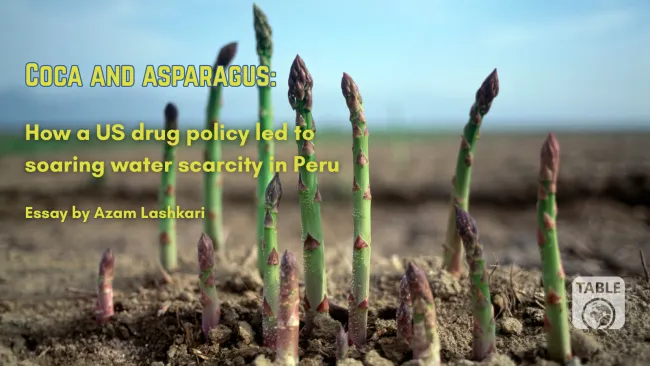
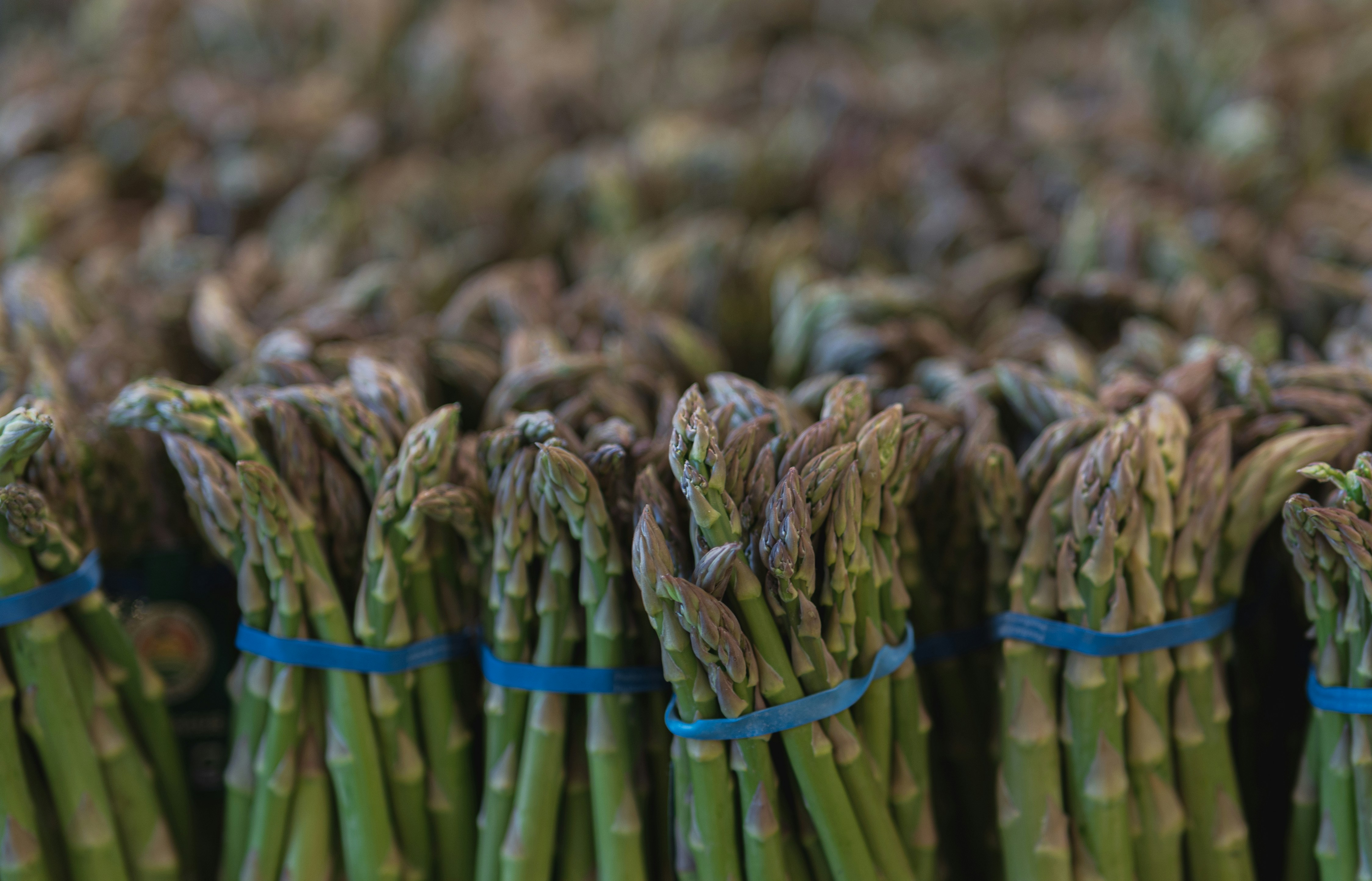
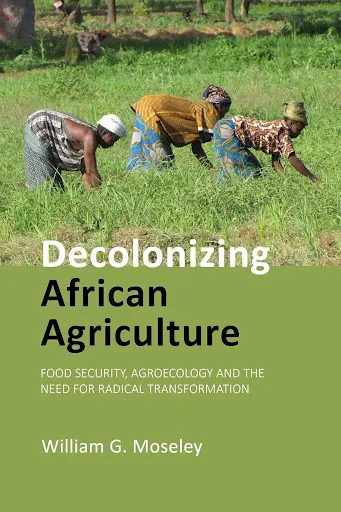
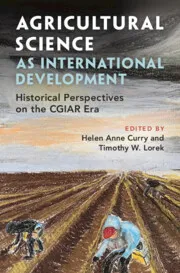
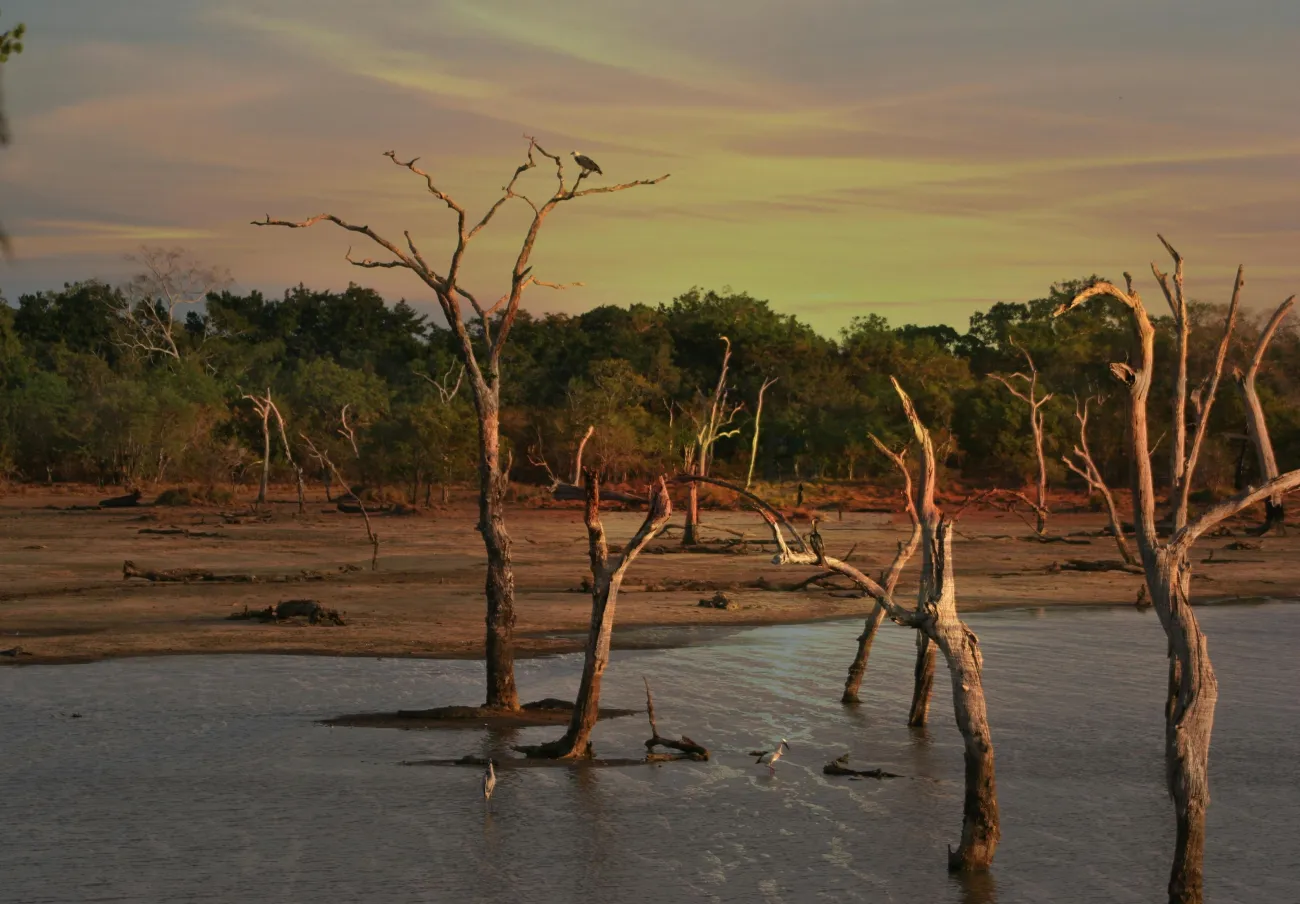
Comments (0)